[Read Time: 7 Minutes]
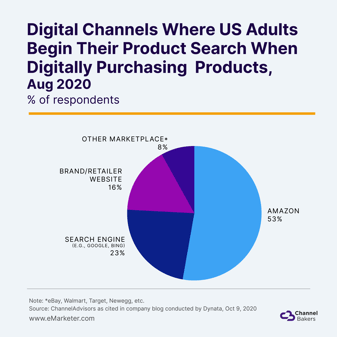
In this industry, there’s a stat that floats around every year and eMarketer just gave us the updated number: 53% of US Adults go to Amazon when searching to make a digital purchase.
That’s 53% – more than double the amount of Google’s share (23%). Key takeaway, you probably should be using Amazon Search advertising more than traditional search if you’re selling products on Amazon.
So how do you stand out? We suggest that you combine your Search efforts with the demand generation and conversion tactics only available with Amazon DSP + Search Advertising.
Search Advertising Alone = 50 Points
Amazon Search advertising has been around officially, since January 2014. It was fun watching them take on Google back then. Today they’re no longer just a retailer; they’re the 3rd largest advertising platform that rivals Google and Facebook.
Amazon has the best data for search because, as we mentioned before, 53% of shoppers go to Amazon to research products and 184MM monthly US visitors is too many to miss out on!
Amazon also provides conversion metrics per keyword which helps determine the best keywords to choose for your advertising strategies.
Search Advertising is based on cost-per-click, where advertisers buy keywords that consumers type into the search bar (hence: Search). All of the advertisers bidding for that keyword are then put into an auction that lasts milliseconds.
Search Advertising is a much broader approach since Amazon doesn’t provide the same level of targeting refinements as DSP like age, zip code, mobile vs. desktop, etc., which is why it’s better to use DSP + Search to drive the shopper down the funnel.
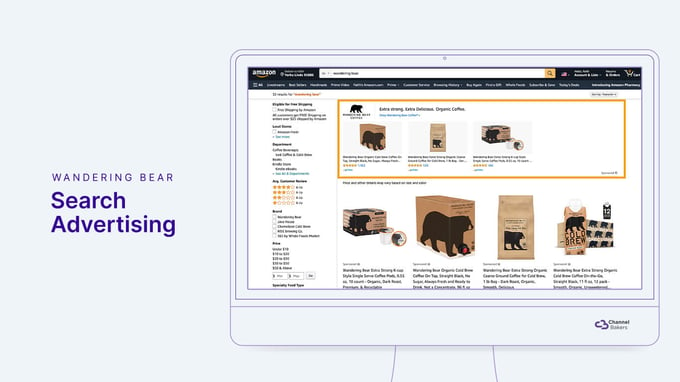
Many advertisers focus their Amazon Search strategy centered around three key objectives:
- Protecting their branded keywords,
- Conquesting their competitors’ keywords, and
- Targeting the undecided shopper who isn’t looking for specific brands keywords like “cold brew” vs. “wandering bear cold brew”.
DSP Alone = 50 Points
DSP, aka Demand-Side Platform, is the platform that allows advertisers to build and buy ad campaigns on and off Amazon. That’s right, you can buy ad space on Amazon-owned entities like IMDb and Fire TV as well as other top publishers outside of their owned-network.
What really differentiates DSP from Search is that it allows advertisers to run custom creative and Dynamic eCommerce Ads, along with Twitch ads, OLV ads, and OTT (over-the-top) ads on a much, more granular level. If Search is casting a wide net, DSP is like getting a new lure you just bought online, then choosing the best fishing spot in a lake where you know they’ve just restocked the fish.
DSP is based off of CPM (cost-per-thousand), rather than CPC (cost-per-click), so you pay for the ability to pick a specific target audience. You can target by age, gender, education level, the type of device they use, zip code…you name it…
When looking at CPM bid strategy, think of it as an apartment building that has many floors where each floor represents a different type of quality apartment. A high CPM bid strategy may get you a penthouse apartment like an online-video ad on a premium website like Forbes. A very low CPM bid strategy would get you an apartment in the basement on a tabloid website.
To give you an example, in the cold brew category the average CPC for the top of the funnel search term “cold” has been upwards of $50 per click at times. The reason being is that you have huge, well-established brands like Starbucks who are spending a lot of ad dollars from multiple funding sources within their massive company. Meanwhile, direct-to-consumer challenger brands like Wandering Bear can’t compete with Starbucks and their huge CPC bids.
What we’d recommend is to leverage a tactic called competitive ASIN remarketing where we can help our challenger brand target shoppers who looked at the Starbucks product that is heavily advertised and winning organic placement across many keywords, then target those shoppers who didn’t purchase.
With that strategy, we’re piggy-backing off of the large advertiser’s huge ad budget and being smart about talking to shoppers who weren’t buying their product (most likely due to reviews).
We then show them ads that have a call-to-action based on the negative reviews of the Starbucks product and in the ad creative we share how the challenger brand solves that problem.
We can even display those ads on search results pages in various different placements other than top-of-search.
Depending on your goals, you may also want to serve DSP ads on Amazon’s site where we often see better click-through rates and sales.
For example, this Wandering Bear ad could be served because a consumer was searching for the specific ASIN of a Starbucks French Dark Roast.
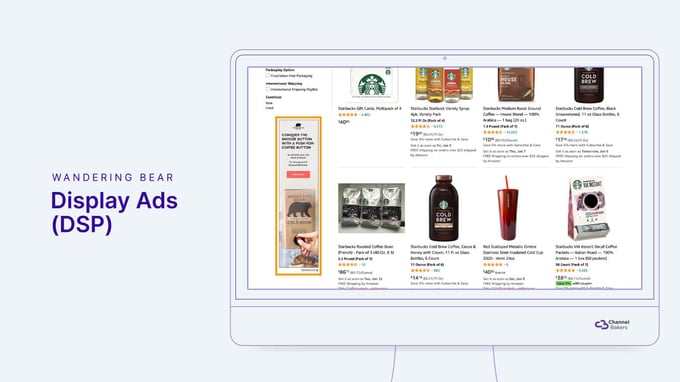
With granular DSP tactics like this, your advertising dollars can be extremely effective. Based on our experience, where DSP ads have really been shining is doing what’s called a PMP Deal where you identify specific, hyper-relevant sites off Amazon that you can serve ads to targets like coffee aficionados.
There’s some other tips and tricks to refine that strategy that we’ll share on the next DSP tactics blog post, keep an eye out for it coming soon.
So, what are the benefits of Search Advertising combined with this then?

Together, these two advertising tactics solve each other’s problems and their power is unstoppable!
Start with Amazon’s excellent data, stored in their Data Management Platform (DMP…yes, it’s one letter off from DSP, we know). From there, you start at the top of the funnel going after potential customers who fit into your target audience.
DSP will help start this off with targeted ads on and off Amazon and a healthy mix of OTT ads to drive awareness with the binge-watchers out there. After seeing your product enough, they’ll jump onto Amazon to do their deep dive search to discover if they want to buy it.
This is where you hit them with a Search ad, putting your product at the top of the page, and therefore, top-of-mind in the customer’s mind. Search is basically meant to echo the message of the DSP campaign.
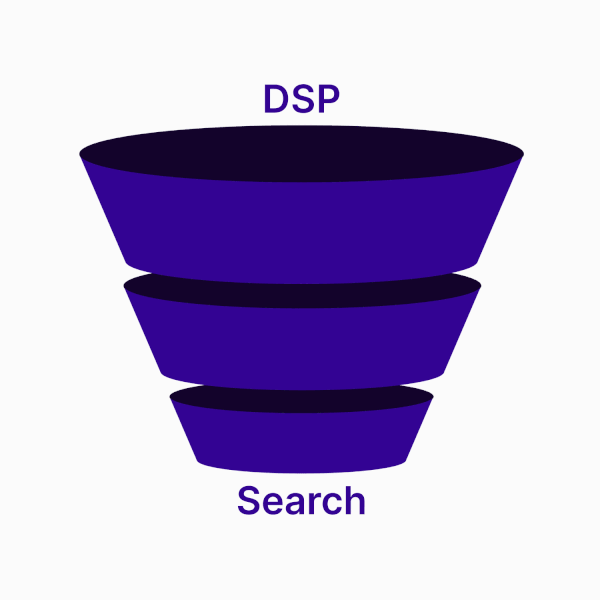
Flipping this equation on its head, you can start with the broad approach of using Search first. With this approach, you can target people shopping for items in your category on Amazon, then retarget them with ads that have conversion focused messaging and/or deal messaging.
Next thing they know, they’re being served ads outside of the platform for something they know they’re interested in, but haven’t completely finished the purchase cycle. Then just like that, BOOM!!, they’re back on Amazon and you’re in their shopping cart.
Amazon has even stated that Search and Display ads together increase demand for a brand’s products by over 100%, total sales by as much as 30%, and ROAS by as much as 160%.
If that doesn’t convince ya, I don’t know what will.
To Wrap Up
Search Advertising on Amazon is an excellent tool to use, but it’s limited targeting ability can only get you so far. That’s why we suggest you leverage Search and DSP Advertising to raise the level of your campaigns and reach your customers all throughout the funnel.
Not only will this game plan help you get much more granular with your approach, but you’ll also be able to achieve a better RoAS as well as employ strategic tactics like ASIN Remarketing.
If you want to learn more about how to leverage DSP + Search to #GrowTheDough for your products, please don’t hesitate to contact our Client Success team at: growthedough@channelbakers.com and bookmark our blog page for more real-time updates.
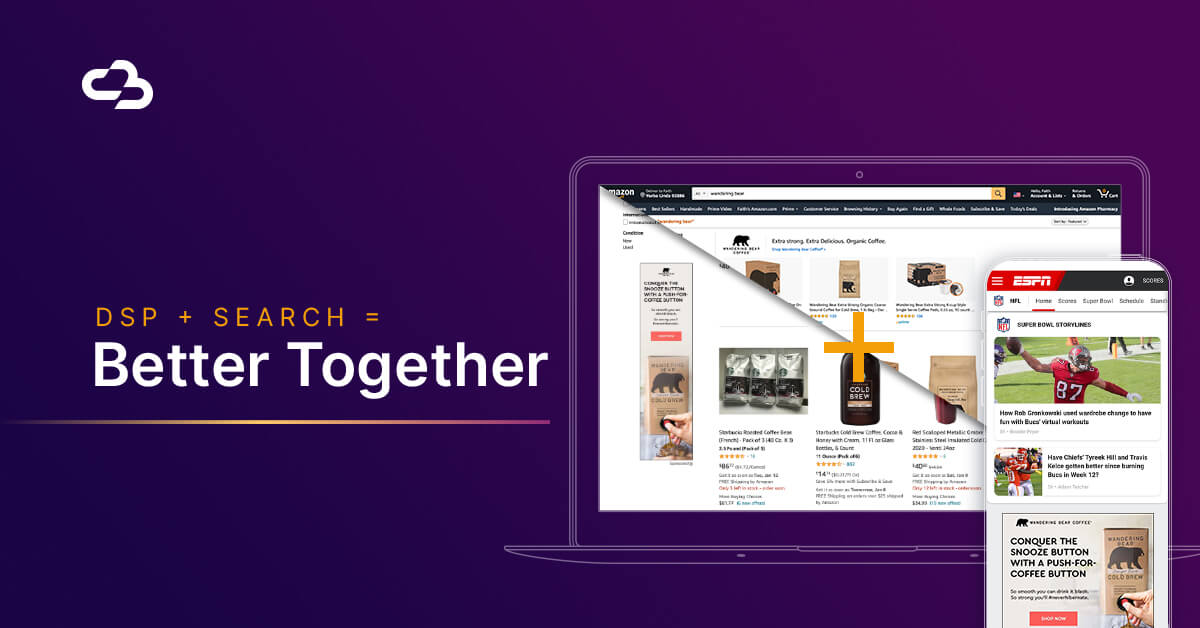
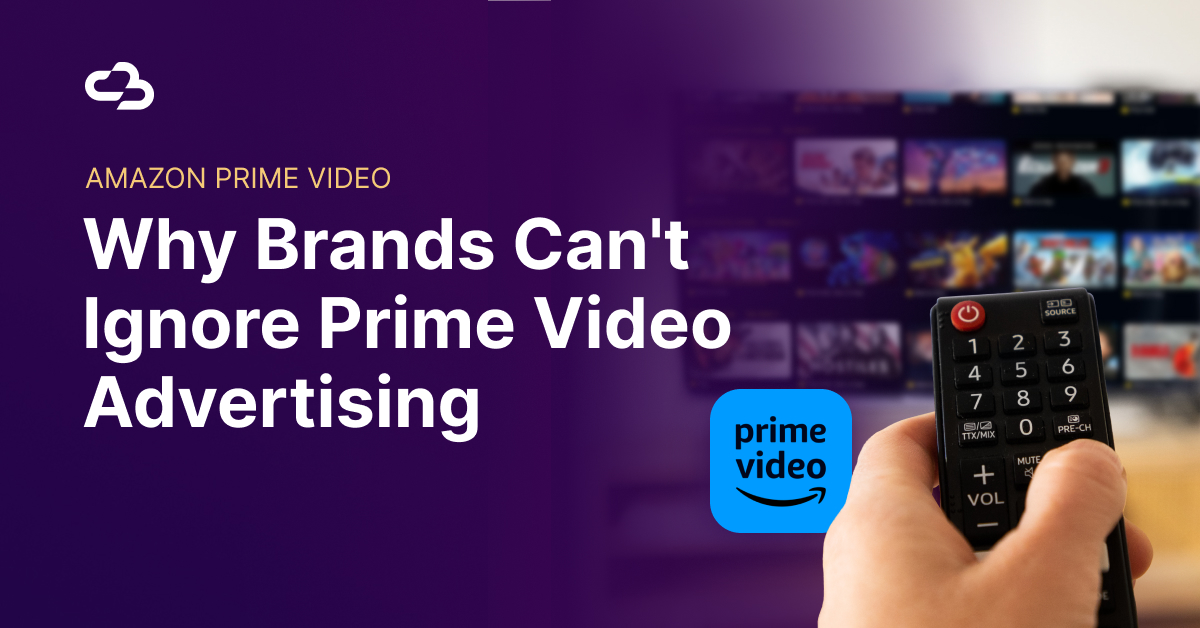
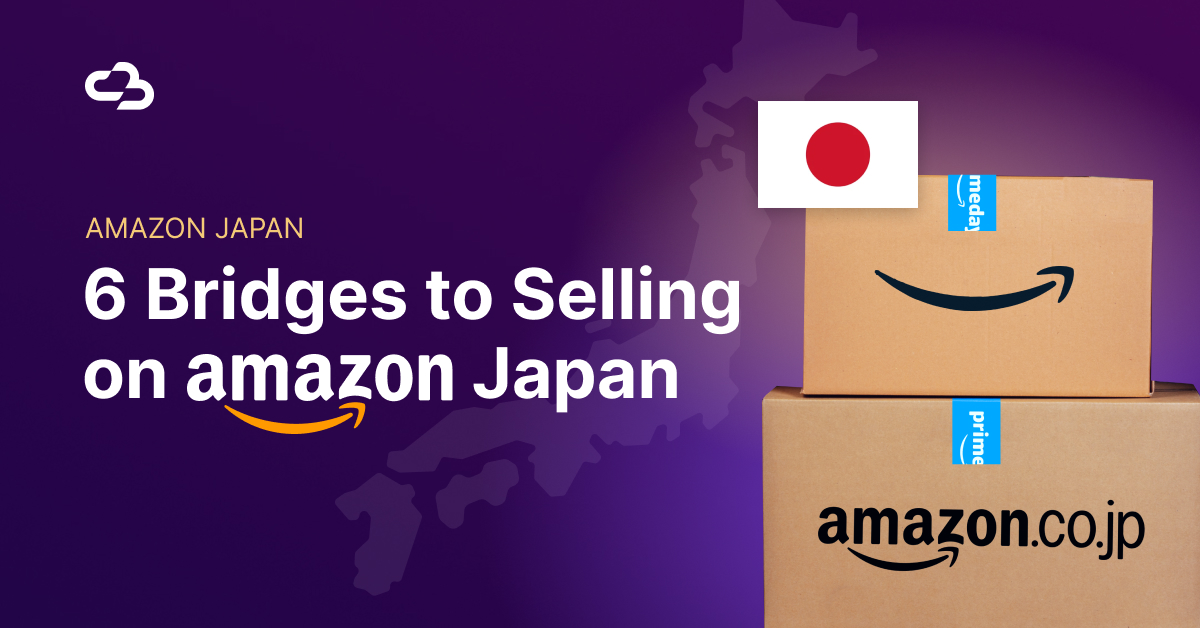
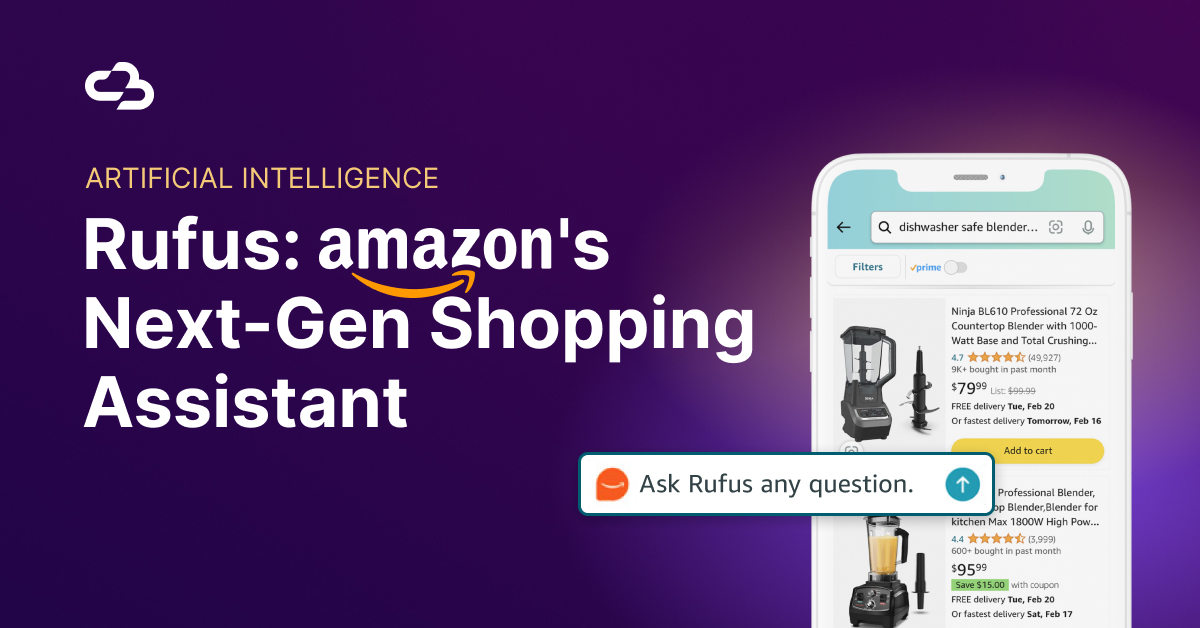
.jpg)

.jpg)



